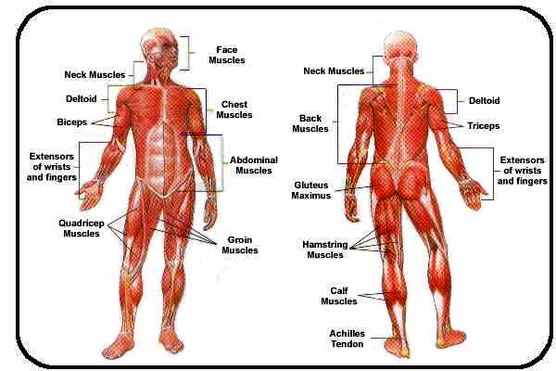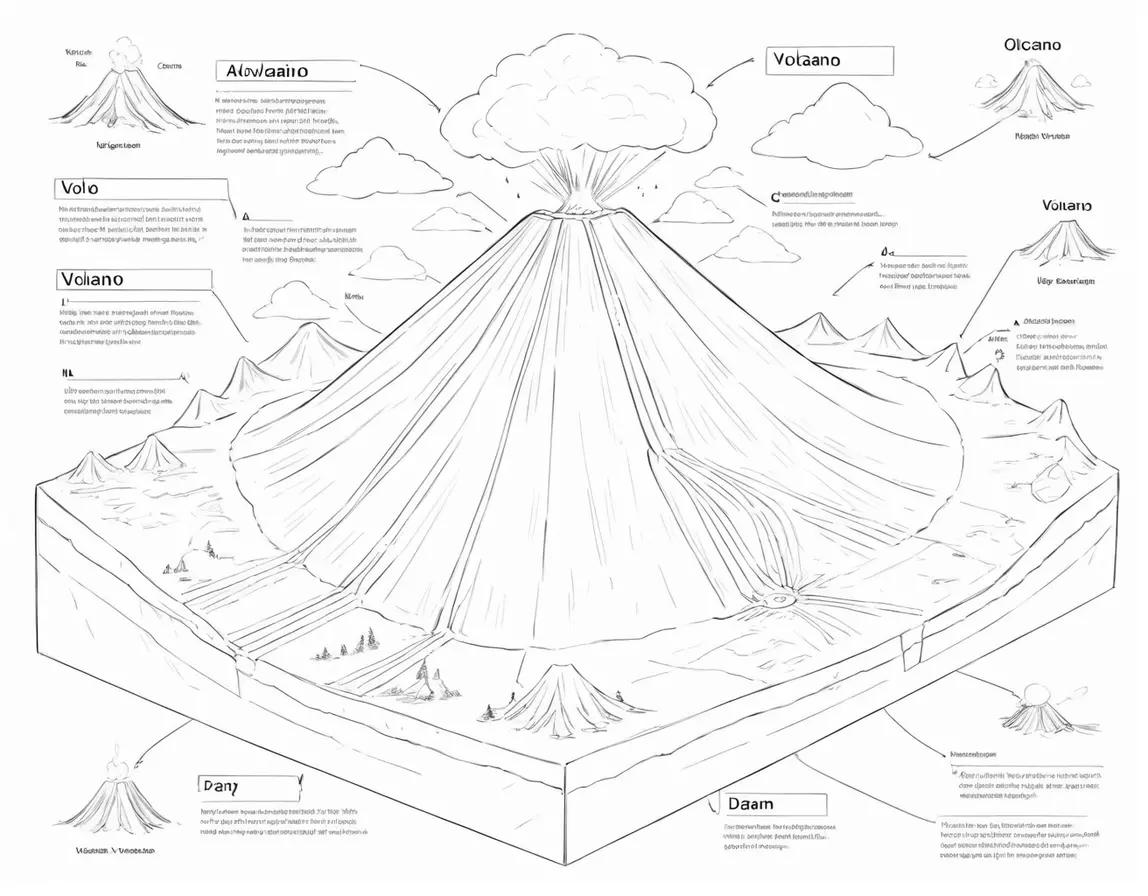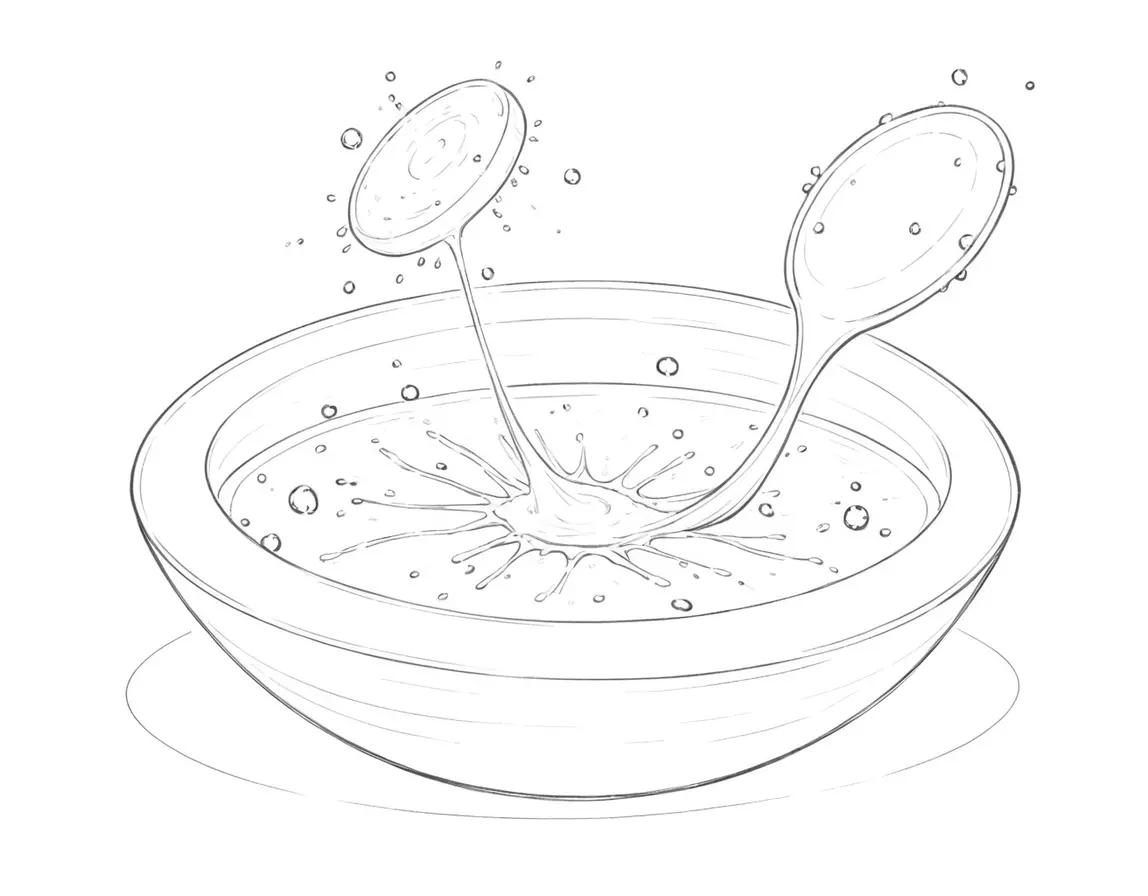
Air pollution is the release of impurities into the air. This pollution can be in the form of smoke from burning garbage, forest fires, industrial operations, and exhaust from motor vehicle engines. Some factories release toxic gases into the atmosphere such as sulfur dioxide and nitrous oxide. Some industries such as cement factories release smoke as well as dust particles in the air which often end up covering trees and vegetation.
Human health
Air pollution affects human health in profound ways. It can range from chronic problems with extreme pollution to deteriorating health from low-level prolonged exposure to polluted air. Some of the health problems associated with air pollution are:
Asthma
Bronchitis
Sinusitis
Lung cancer
Allergies
Respiratory infections
With the growth of the population, increased urbanization and high demand for goods, an increasing number of factories and industrial operations are created to meet the need. There are also more motor vehicles on our roads. All of this adds up to more air pollution, especially in cities. Although laws have been passed to constrain the problem of air pollution they are often ineffective as the economic gain is given greater priority.
VISIBILITY
There are places that face the problem of decreased visibility caused by air pollution. In extreme cases, it can make traveling by car or airplane to be unsafe.
WEATHER
One of the big problems of air pollution is how it affects weather and climate. Often called the greenhouse effect, there is a condition in which heat from the sun heats up the air but it does not get to rise high enough to become cool. This happens because of greenhouse gases that prevent the hot air from reaching the higher levels of the atmosphere.
Instead, these greenhouse gases radiate the heat back to the earth. The greenhouse gases are carbon dioxide, methane and chlorofluorocarbons also known as CFC.
Greenhouse gases create a blanket layer in the atmosphere that traps heat. This phenomenon is often referred to as global warming. Causes of greenhouse gases include:
The burning of fossil fuels in factories and other industries.
The burning of fossil fuels in motor vehicles releases carbon monoxide.
Deforestation leads to build-up of carbon dioxide in the air as there are fewer trees to absorb it.
Chlorofluorocarbons are often used in spray cans, refrigerators, and air conditioners and have contributed greatly to the greenhouse effect.
EFFECTS OF THE GREENHOUSE PROBLEM
The rising temperatures will negatively affect plants, animals, and humans. In some places, high temperatures have caused some people to even die of heat stroke. The excess heat also results in droughts, powerful storms, flooding, and soil erosion.
The rising temperatures caused by the greenhouse effect can also melt the polar ice caps. This would lead to an increase in the sea levels which could endanger lives and property as the waters would cover many coastal areas.
HOW DO WE REDUCE THE GREENHOUSE EFFECT?
The reduction in the use of fossil fuels such as petroleum is necessary to cut down carbon emissions. Solutions such as using solar, wind, and hydroelectric plants to generate electricity would help greatly. Other energy solutions include using hydrogen, alcohol, natural gas, and methanol.
The use of chlorofluorocarbons (CFCs) should be discontinued and many companies have already made this move.
The planting of trees helps to reduce the greenhouse effect in many ways. As such, massive replanting campaigns should be carried out to counter the problem of deforestation.



















